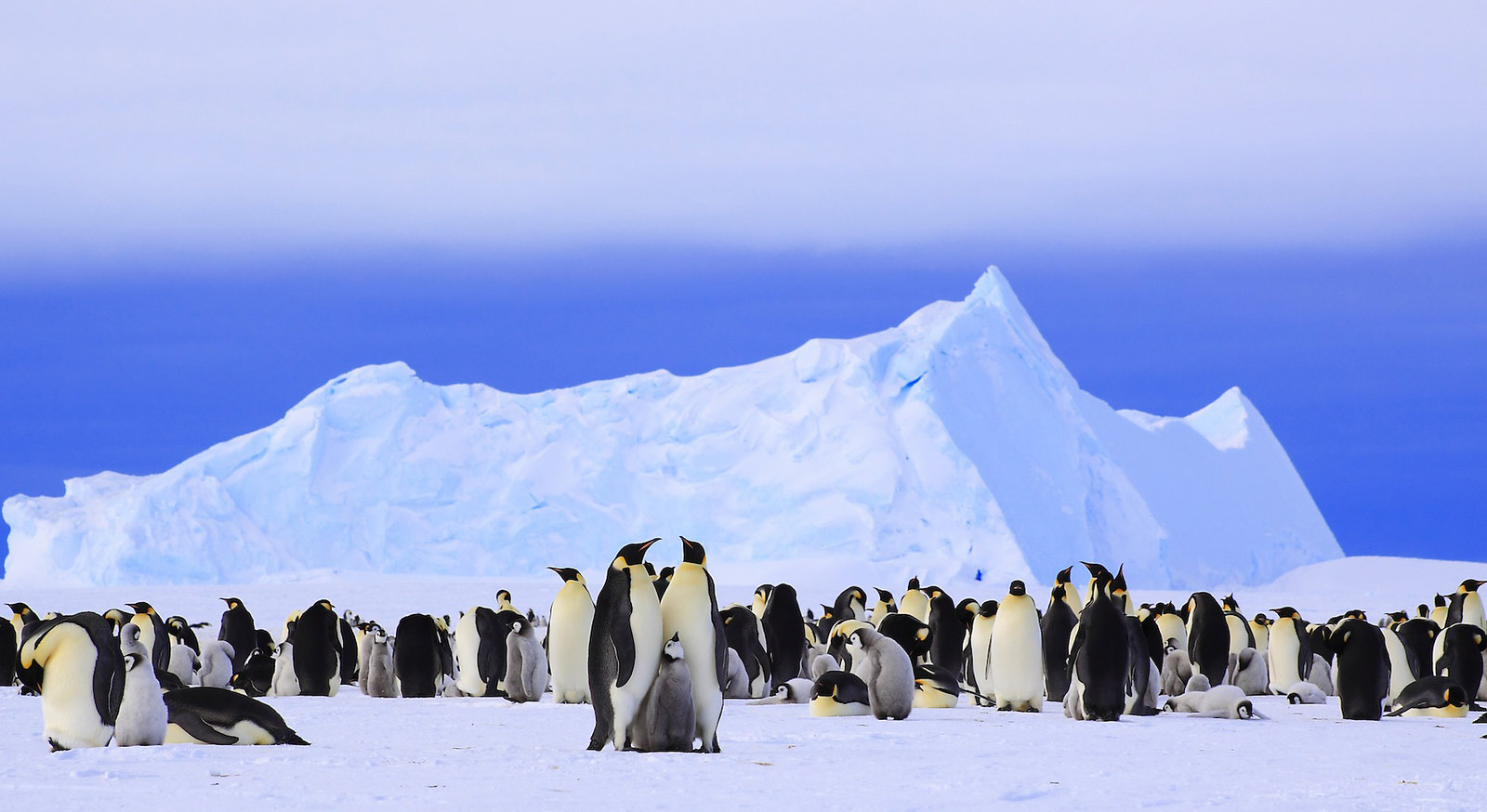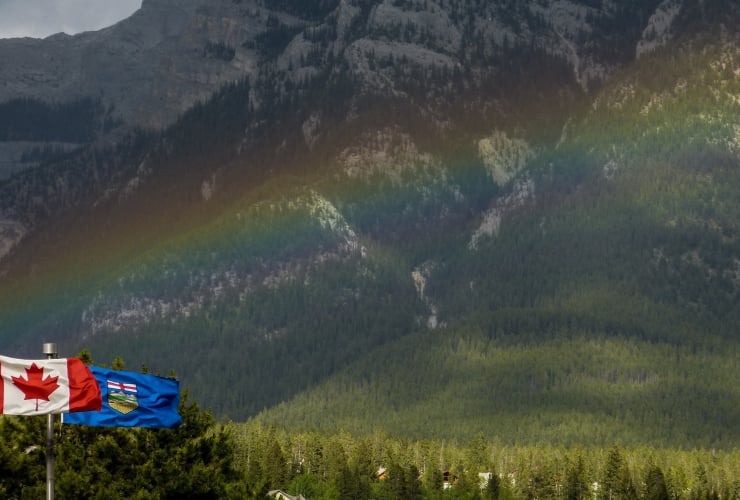This story was originally published by The Guardian and appears here as part of the Climate Desk collaboration.
Two-thirds of Antarctica’s native species, including emperor penguins, are under threat of extinction or major population declines by 2100 under current trajectories of global heating, according to new research that outlines priorities for protecting the continent’s biodiversity.
The study, an international collaboration between scientists, conservationists and policymakers from 28 institutions in 12 countries, identified emperor penguins as the Antarctic species at greatest risk of extinction, followed by other seabirds and dry soil nematodes.
“Up to 80 per cent of emperor penguin colonies are projected to be quasi-extinct by 2100 [population declines of more than 90 per cent] with business-as-usual increases in greenhouse gas emissions,” it found.
Published in the journal Plos Biology, the research also found that implementing 10 key threat management strategies in parallel — which would cost an estimated US$23 million annually — could benefit up to 84 per cent of Antarctic organisms.

Influencing global policy to effectively limit global heating was identified as the conservation strategy with the most benefit.
“There are multiple threats impacting Antarctic species despite the fact that we think of it as this remote and pristine wilderness,” said the study’s lead author, Jasmine Lee of the British Antarctic Survey. “The greatest threat is not coming from within.”
Lee, who undertook the research as part of a PhD at the University of Queensland, added that the study’s co-authors recognized global action on climate was less locally feasible than actions such as managing non-native species on the continent.
With increasing human activity in Antarctica — both research and tourism — the risk of introducing exotic species was growing, Lee said.
Aleks Terauds of the Australian Antarctic Division and a co-author of the study said the research highlighted that “biodiversity is under considerable pressure in Antarctica”.
“Antarctica is very well protected through the Antarctic treaty and through the protocol [on environmental protection],” Terauds said. “But the uniqueness of the continent, its wilderness values and the incredible biodiversity mean that we’re still looking for things that we can do to try and ensure that things are impacted as little as possible.”
Minimizing the effects of human activities on Antarctica was identified as the most cost-effective management strategy.
“We can educate our tourist companies better about areas that they should avoid with regard to some of these species that are under threat; we can educate the tourists themselves,” Terauds said.
Other avenues include reducing the environmental footprint of transport vessels and aircraft, as well as infrastructure projects and protecting vegetation from trampling and other physical damage.
Even if global heating cannot be mitigated, all regional strategies combined would still benefit about 54 per cent of Antarctic species, the paper found.
It also highlighted the effects of the climate crisis on iconic seabirds such as emperor and Adélie penguins. “The emperor penguin relies on ice for breeding,” Lee said. “If it loses its suitable breeding habitat … that can lead to [population] collapses over time.”
Lesser-known species such as Scottnema lindsayae, a type of roundworm, are already in decline. “It’s an Antarctic specialist and it survives in quite salty and dry soils. As ice starts to melt and it gets warmer … the soils become more moist and less saline,” Lee said.
Terauds added: “Things like nematodes — as uninteresting as they sound — they are pretty amazing. They are living in some of the most inhospitable parts of the planet.”






Comments